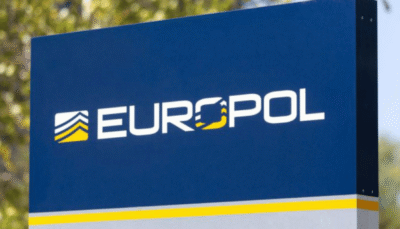Fidelity Investments, a global asset manager overseeing roughly $5.8 trillion, is moving forward with blockchain technology to expand transparency in its mutual fund offerings.
In a recent SEC filing, the firm stated its intent to launch an Ethereum-based share class of its Fidelity Treasury Digital Fund on May 30. The new share class, “OnChain,” is designed to provide investors with added clarity around share transactions by recording them on a public blockchain in parallel with Fidelity’s existing recordkeeping.
The current Fidelity Treasury Digital Fund holds approximately $80 million in U.S. Treasury bills, which are not themselves tokenized. Instead, the OnChain class represents ownership interests in the fund and mirrors share transactions on the Ethereum network.
Although the official record of shareholder ownership remains with Fidelity’s transfer agent, the secondary record on the blockchain is synchronized daily to ensure accurate tracking. This approach is expected to help investors verify their holdings with greater certainty.
Daily Reconciliation and Transparent Ledger
Under the proposed setup, when investors buy or sell shares, those transactions will be reflected in two places. The primary record remains Fidelity’s traditional book-entry ownership system.
A corresponding entry on the Ethereum blockchain will capture the same transactions, which will be visible to anyone tracking the public ledger. Fidelity asserts that the fund’s transfer agent will reconcile both sets of records each business day to confirm they match precisely.
Because the blockchain record is purely secondary, Fidelity has stated that any discrepancies will be resolved by referring to the transfer agent’s data.
Nonetheless, many observers consider this supplementary ledger a beneficial step. They note that it offers a more transparent view of transaction activity and can be reviewed at any time, without compromising confidentiality measures tied to personal data.
Potential for Broader Blockchain Expansion
Though Ethereum was named the initial platform, Fidelity’s filing indicates that other public blockchains could be used. The asset manager did not specify any definite plans for expanding to different networks, focusing instead on the May 30 rollout.
Industry analysts have pointed out that Fidelity’s move reflects a broader interest among large institutions in pursuing the tokenization of mutual fund shares and other traditional assets.
Fidelity emphasizes that the new share class does not affect the fund’s core strategy. The main objective remains to invest at least 99.5% of fund assets in cash and U.S. Treasury securities. The biggest operational change will be the daily reconciliation between the official record and the blockchain-based log.
If the OnChain share class meets its operational targets, Fidelity could open the door to wider adoption of blockchain records in its other offerings. Analysts suggest this may herald further ventures in on-chain transparency for mainstream financial products.





